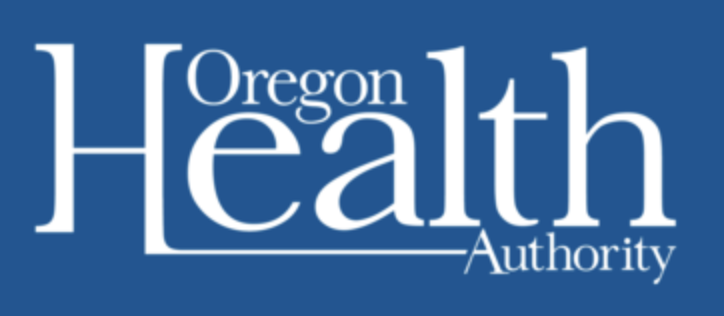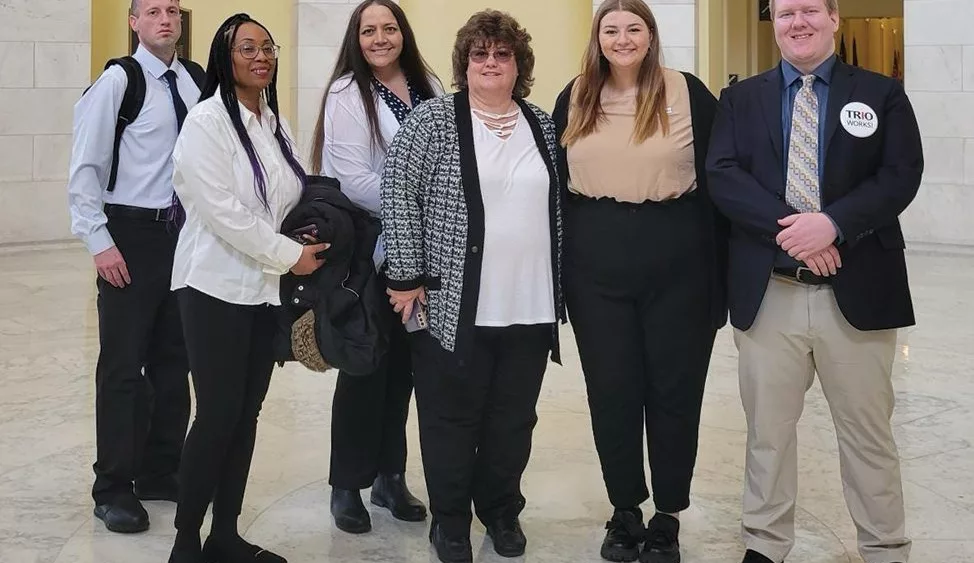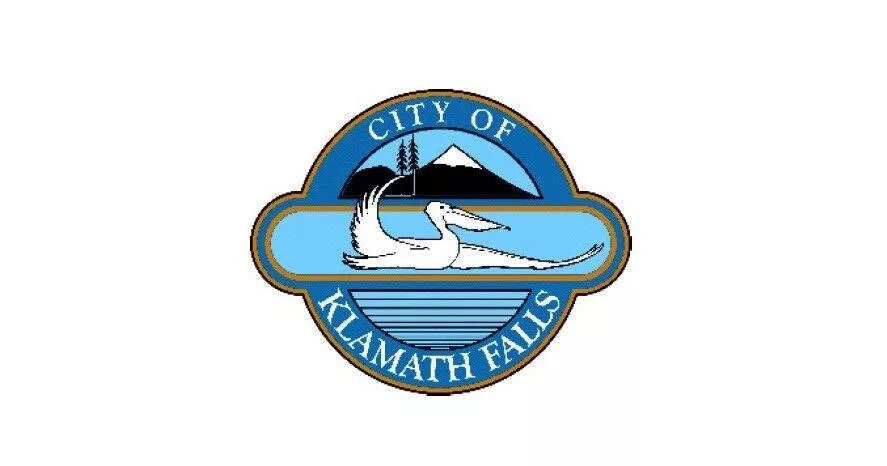SALEM, Ore. — Five years after the COVID-19 pandemic upended the world, concerted state efforts to keep people covered have helped about 83% of Oregon Medicaid members maintain public health benefits, according to a new analysis of Oregon’s COVID-19 Federal Public Health Emergency Unwinding Project from Oregon Health Authority (OHA) and Oregon Department of Human Services (ODHS). The years-long project wrapped up at the end of February and its final results were recently presented to the Oregon Health Policy Board.
“Over two years, OHA and ODHS teamed up to help a significant number of Oregonians maintain their essential health benefits following the pandemic,” said OHA Interim Director Kris Kautz. “Our thoughtful collaboration has made it possible for more people to receive the care they need to live healthy, full lives. I am tremendously proud of OHA and ODHS staff for this monumental accomplishment.”
Jointly funded by states and the federal government, Medicaid provides no-cost health coverage to low-income adults, children, pregnant women, older adults, people with disabilities and others. Oregon Health Plan (OHP) is the state’s Medicaid program, and it covers nearly 1.5 million people — including a third of Oregon’s adults and half of its children. OHA manages OHP. ODHS helps people apply for benefits, determines applicant eligibility and provides maintenance of benefits through redeterminations.
“Access to health care is critical for people to take care of themselves, their families and our communities,” said ODHS Director Fariborz Pakseresht. “By combining our efforts into one project, ODHS and OHA were far more effective in guiding people through the Medicaid renewals process, especially for those groups at higher risk of losing essential health care such as people with disabilities and older Oregonians.”
During the COVID-19 pandemic, states were required to keep nearly all Medicaid members continuously enrolled between 2020 and 2023. Starting in the spring of 2023, federal legislation required states to resume normal processes to verify that enrolled members met Medicaid eligibility criteria. Oregon concluded its Medicaid renewal process last month.
Between April 1, 2023, and Feb. 28, 2025:
- 1,169,042 Medicaid members in Oregon (80.3%) kept their full benefits.
- 40,563 people (2.8%) had benefits reduced. While these members lost full OHP coverage, they were able to continue Medicare Savings Programs, which help pay Medicare costs, or a dental-only Medicaid benefit.
- 247,104 people (16.9%) were found ineligible and ended benefits.
- 130,000 individuals who lost OHP coverage were referred to the Oregon Health Insurance Marketplace to obtain private health insurance. During the same period, 32,363 consumers made Marketplace plan selections. It is important to note that not all Marketplace enrollment is attributable to OHP renewal determinations.
Strengthening health equity
Oregon achieved largely equitable outcomes during the Medicaid renewal process, although some populations had renewal rates that were slightly below the statewide average of 83.1%.
For example, 82% of people who identified as non-binary renewed their OHP benefits, as did 81% of Asians, Middle Easterners or North Africans, and 80% of Native Hawaiians and Pacific Islanders.
Renewal and response rates for age and disability-based Medicaid and Medicare Savings Programs exceeded overall averages.
High renewal rates
Oregon’s efforts resulted in one of the highest Medicaid renewal rates in the nation. Reasons for the state’s high Medicaid renewal rate included:
- OHP Bridge, a new category of OHP with higher income limits, launched July 1, 2024. About 34,000 people are currently enrolled in OHP Bridge.
- During the unwinding process, Oregonians had up to 90 days to respond and 60 days’ advance notice of any closure. Oregon gave members longer to respond than any other state.
- A robust, statewide network of community partners, combined with tools like earned media and paid advertising, helped spread awareness of the renewal process.
After having their Medicaid benefits renewed during the pandemic unwinding process, most adults have two years of continuous eligibility for Medicaid benefits. While this does not directly affect Oregon’s renewal rate, it prevents the churn of on-and-off benefits between renewals and allowed staff to provide more support to people during the unwinding process. Oregon is the only state to give most adults two years of continuous eligibility for Medicaid benefits. Oregon also offers young children benefits until their sixth birthday.
“Achieving Oregon’s high renewal rate was a team effort among Oregon’s executive and legislative leadership, our policy staff, our eligibility staff and partners who supported Oregonians during the unwinding period,” said Pakseresht, the ODHS director.
For more information about the outcomes of Oregon’s COVID-19 Federal Public Health Emergency Unwinding Project, check out the project’s final information sheet and slidedeck.
Need help managing your OHP benefits?
- Learn more about OHP.
- Call the ONE Customer Service Center at 800-699-9075. All relay calls are accepted, and help is available in multiple languages.
- Visit or call a local Oregon Department of Human Services office. People can find their local office at https://www.oregon.gov/
odhs/Pages/office-finder.aspx. - Visit an expert for free, in-person help. To find one near you visit OregonHealthCare.gov/
GetHelp (English) or orhim.info/ayuda (Spanish). - Log into your ONE Online account at benefits.oregon.gov or download the Oregon ONE Mobile app via the app store on your smartphone.
Don’t qualify for OHP and need medical coverage? Learn which insurance coverage options are available to you at OregonHealthCare.gov (English) or orhim.info/comprar (Spanish).





